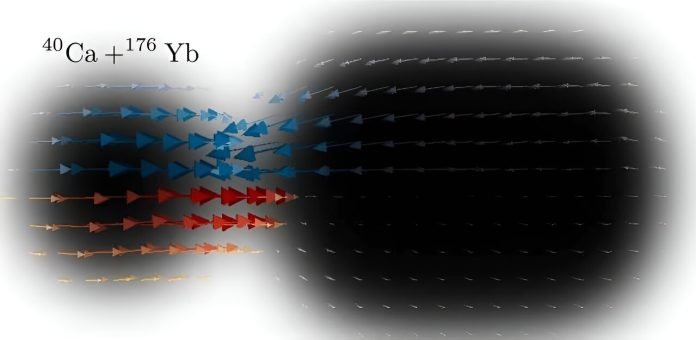
Low-energy nuclear fusion reactions hold the potential for providing clean energy.
In stars, these reactions are vital during carbon and oxygen burning stages, essential for stellar evolution.
They also offer insights into the exotic processes in neutron stars’ inner crusts as they gather matter.
However, the exact dynamics of these reactions are still not fully understood. One key aspect is how nucleons—protons and neutrons—move between the two fusing nuclei.
When the nuclei come close enough for nuclear forces to take effect, nucleons can migrate from one nucleus to another, potentially making fusion easier.
A recent study has shed light on how the isospin composition, which differentiates protons from neutrons, influences low-energy fusion processes.
Researchers used advanced computational techniques and theoretical models to examine the fusion of different nuclei with varying isospin configurations.
Their results highlight the crucial role of isospin composition in understanding fusion reactions. The study was published in the journal Physical Review C.
In this research, scientists from Fisk University and Vanderbilt University used high-performance computers and theoretical models to study how isospin dynamics affect nuclear fusion at low energies across various isotopes. They also looked at how the shape of the nuclei impacts these dynamics.
In systems where the nuclei are asymmetrical, isospin dynamics become particularly important, often lowering the fusion barrier, especially in systems rich in neutrons. This phenomenon can be explored using specialized facilities that generate beams of exotic, unstable nuclei.
The findings provide valuable insights into the fundamental nuclear processes governing these reactions. This knowledge has broad implications for nuclear physics, astrophysics, and potentially future fusion-based energy.
By better understanding how nucleons move between fusing nuclei, scientists can develop more efficient fusion reactions. This could lead to advancements in clean energy production and deepen our understanding of stellar and neutron star processes.
The study emphasizes the importance of isospin composition in fusion reactions and offers a new perspective on the dynamics of nuclear fusion.



